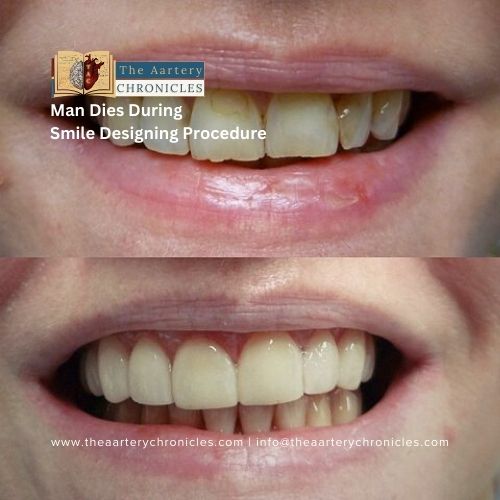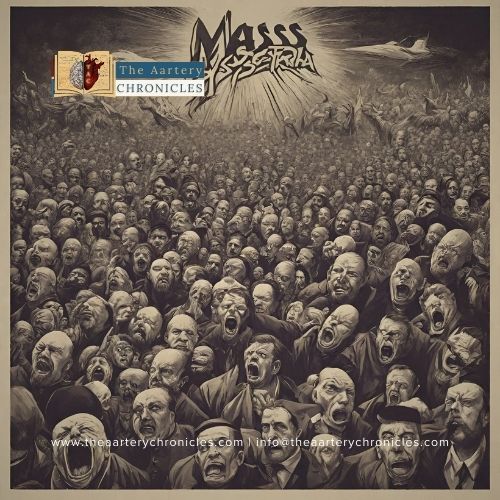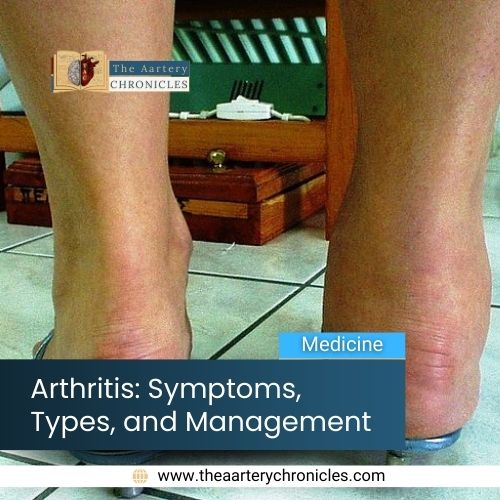

Bruxism: Understanding Teeth Grinding and its Effects
Introduction
Have you noticed that people often clench their teeth when they are angry? While this is quite normal, it becomes problematic when it turns into a repetitive, unintentional habit.
Bruxism, also known as teeth clenching or grinding, is the term used to describe the habitual, involuntary grinding of teeth. This can occur either during the day or while sleeping at night. It is then accordingly named as awake bruxism or sleep bruxism. Awake bruxism is more commonly observed than sleep bruxism. However, the latter has more ill effects. Bruxism is typically connected to feelings of tension, anger, or fear. It results in multiple dental problems because of the prolonged, non-functional pressure on the teeth.
What causes Bruxism?
The main etiology of bruxism remains unknown to date. It is considered to be multifactorial in nature. As per the researchers, the etiology is mainly divided into two parts: central causes and peripheral causes.
- Peripheral Causes: Malocclusion, facial asymmetry, and dental arch form fall under peripheral causes.
- Central Causes: Central causes are divided into psychosocial factors such as stress, anger, anxiety, fear, etc.
- Other Causes: These include path-physiological factors such as altered sleep cycle, alcoholism, smoking, certain drugs, medications, and genetic conditions.
What are the signs, symptoms, and long-term consequences?
Patients with bruxism display episodic tooth grinding during their sleep cycle. The intensity, length, and frequency of such episodes differ. They are usually unaware of this habit unless informed by family members.
Common symptoms of bruxism include:
- Orofacial pain in the morning
- Clicking or popping sounds while eating or movement of the jaw
- Muscular stiffness around the face
- Mild headaches that can sometimes radiate to the ears.
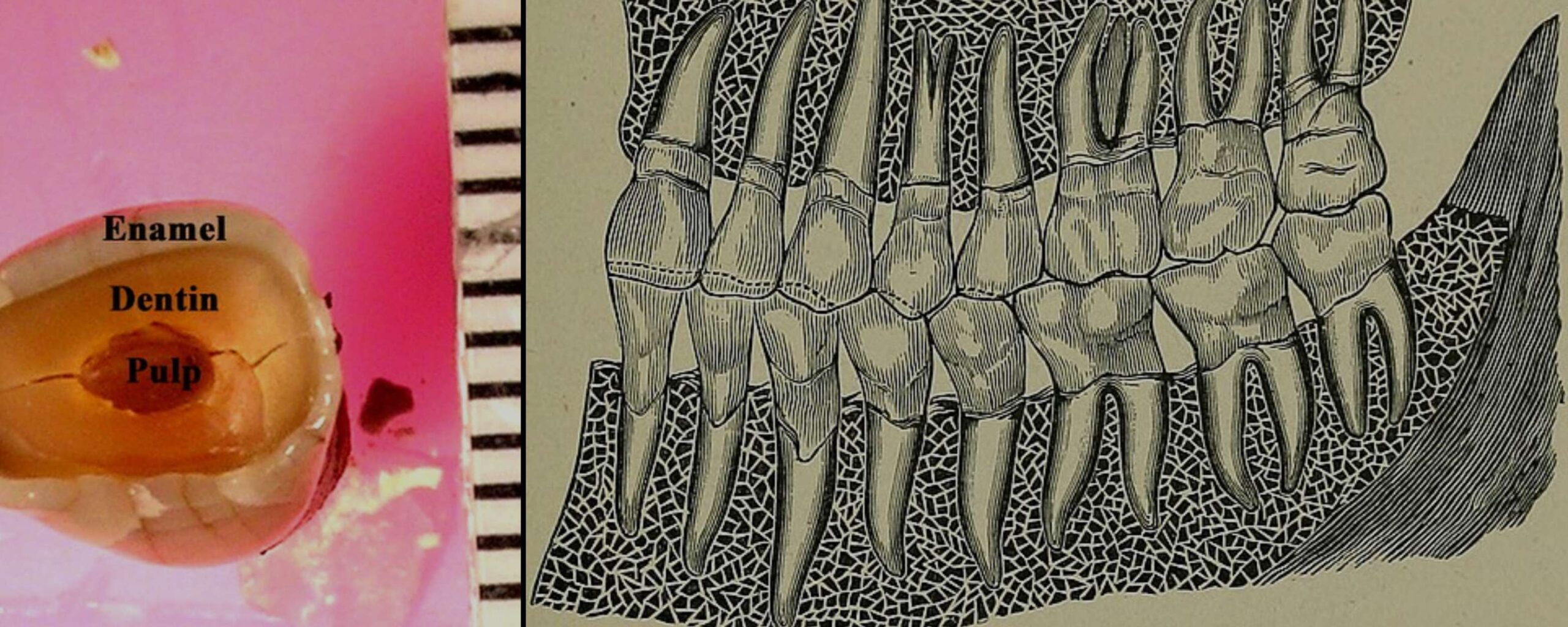
Over time, symptoms of bruxism can worsen. Prolonged clenching can result in a variety of dental disorders, including enamel wear, hypersensitivity, gum difficulties, and bleeding. Additionally, it also affects dental prostheses such as crowns, bridges, and tooth fillings. Furthermore, it impacts not only the teeth but also the temporomandibular joint, leading to abnormal jaw movements and trouble chewing.
How is bruxism diagnosed?
A dentist can diagnose bruxism during regular dental examinations if clinical signs of the condition are present. The patient might then be inquired about their awareness of the restorations, the appearance of a white line on the cheeks (referred to as linea alba), gingival irritation, and hypertrophy of the masseter muscle. The diagnosis can be confirmed using radiography. The radiographic findings typically reveal flattened occlusal facets and cusps, expansion of the periodontal ligament, and bone resorption. In some situations, pulpal necrosis may also be observed.
Management Strategies for Bruxism
The treatment of bruxism necessitates an interdisciplinary approach. Typically, management of the condition involves two approaches:
- Curing the underlying cause of the habit
- Preventing any further damage to the oral and orofacial musculature.
In cases of malocclusion, orthodontic therapy is recommended. Counselling and behavioral therapy are beneficial for individuals experiencing stress. Night guards are the most commonly used appliance to effectively address the condition. These are available as over-the-counter acrylic-based devices or trays that protect the teeth from further damage. They can also be custom-made for the patient. However, they do not decrease the overall frequency of teeth grinding. In addition, several pharmacological therapies can also be used to manage the condition.
At present, there is no specific treatment modality that completely cures bruxism. However, based on the patient’s clinical history, the dentist might advise strategies to improve the quality of life while preventing further damage.
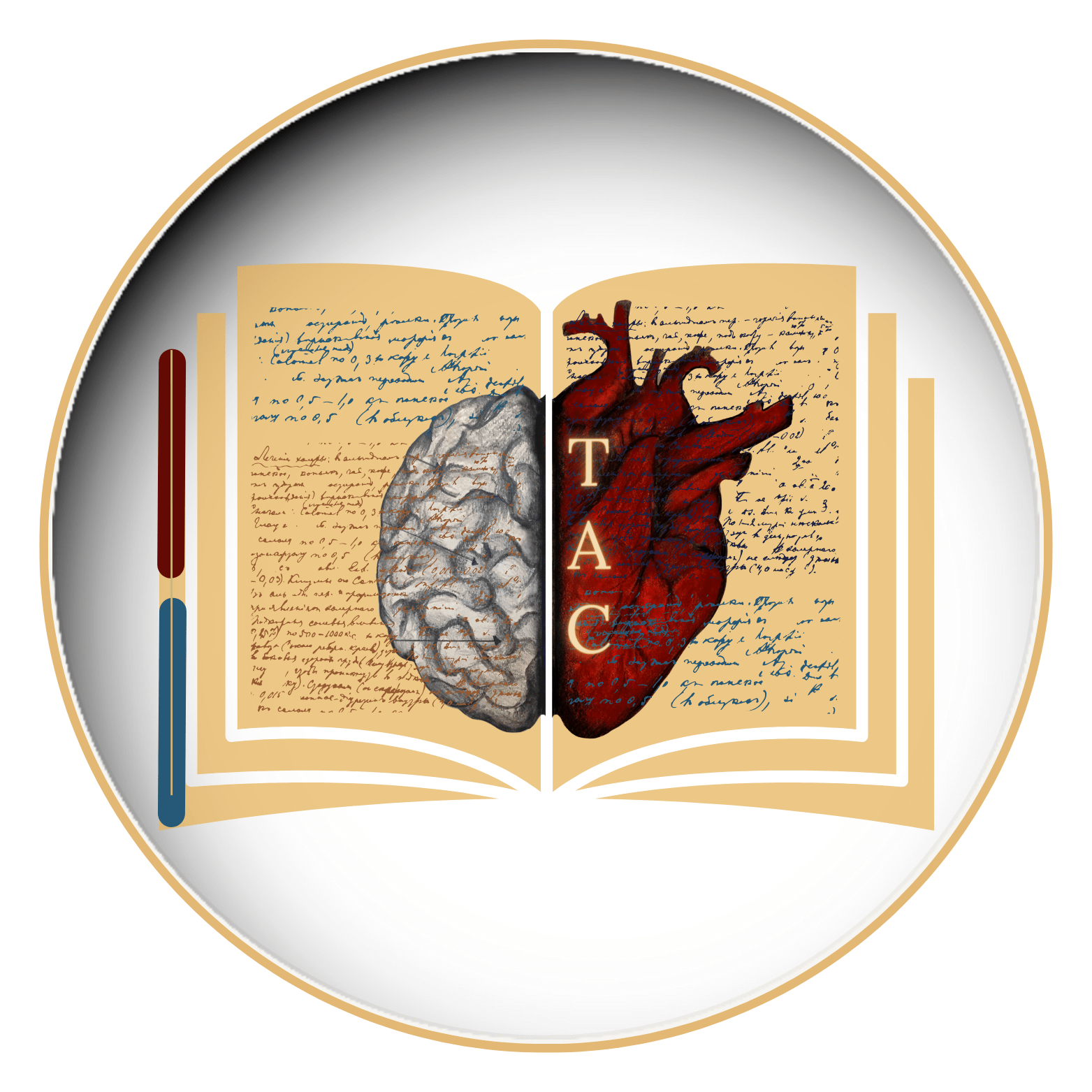
Dr. Yuganshi Arora
Reviewed by: Dr. Anjali Singh

